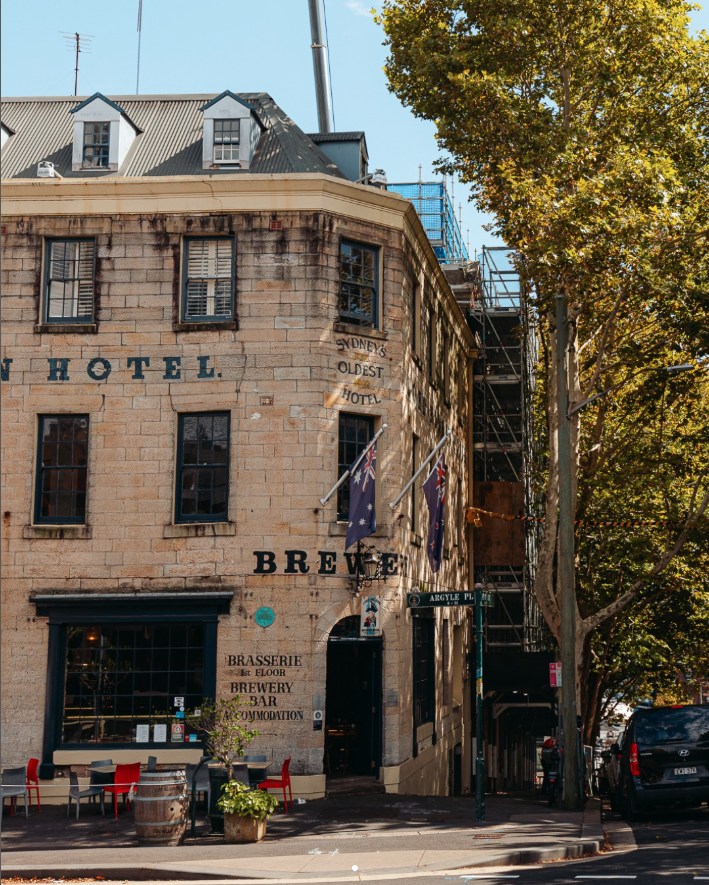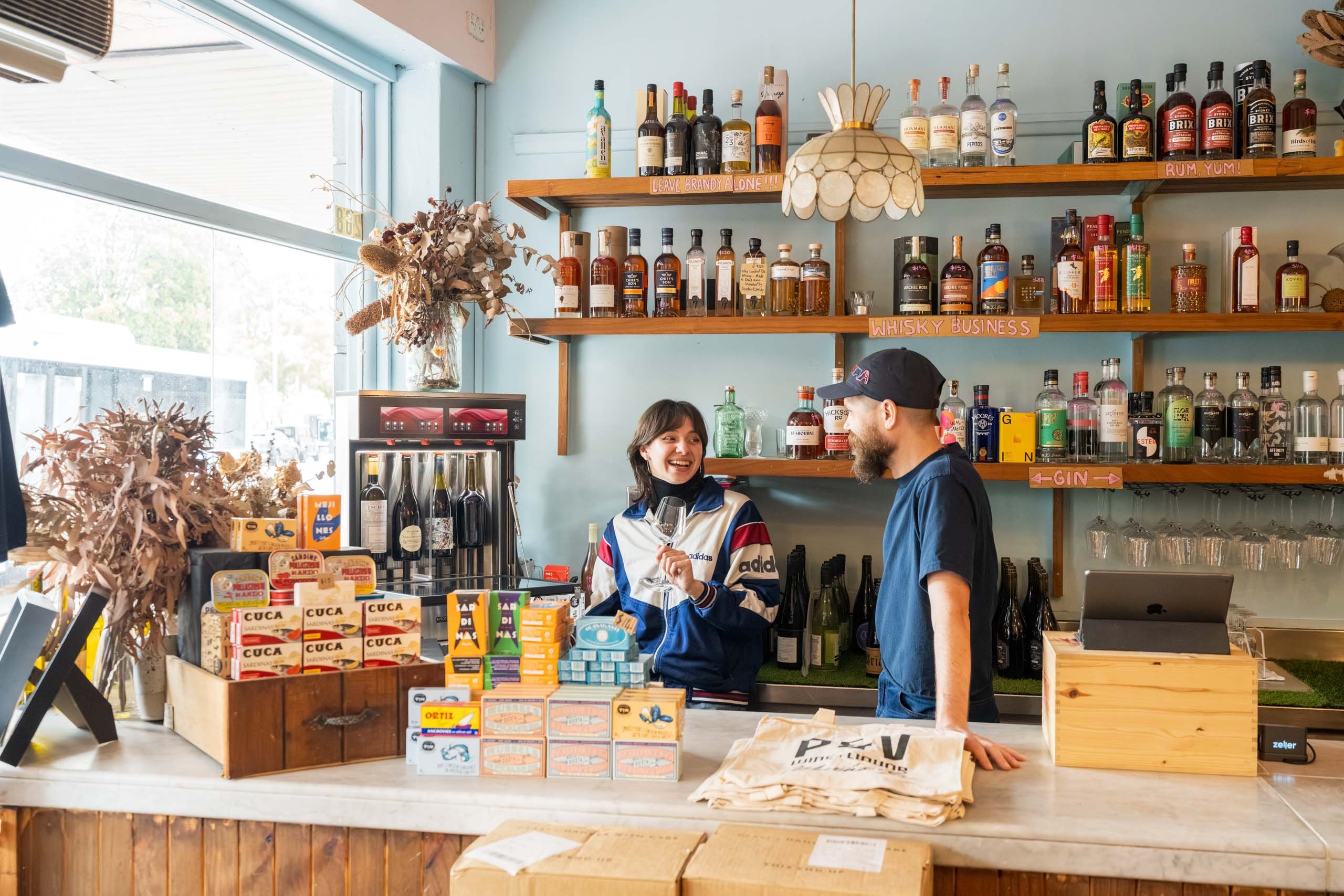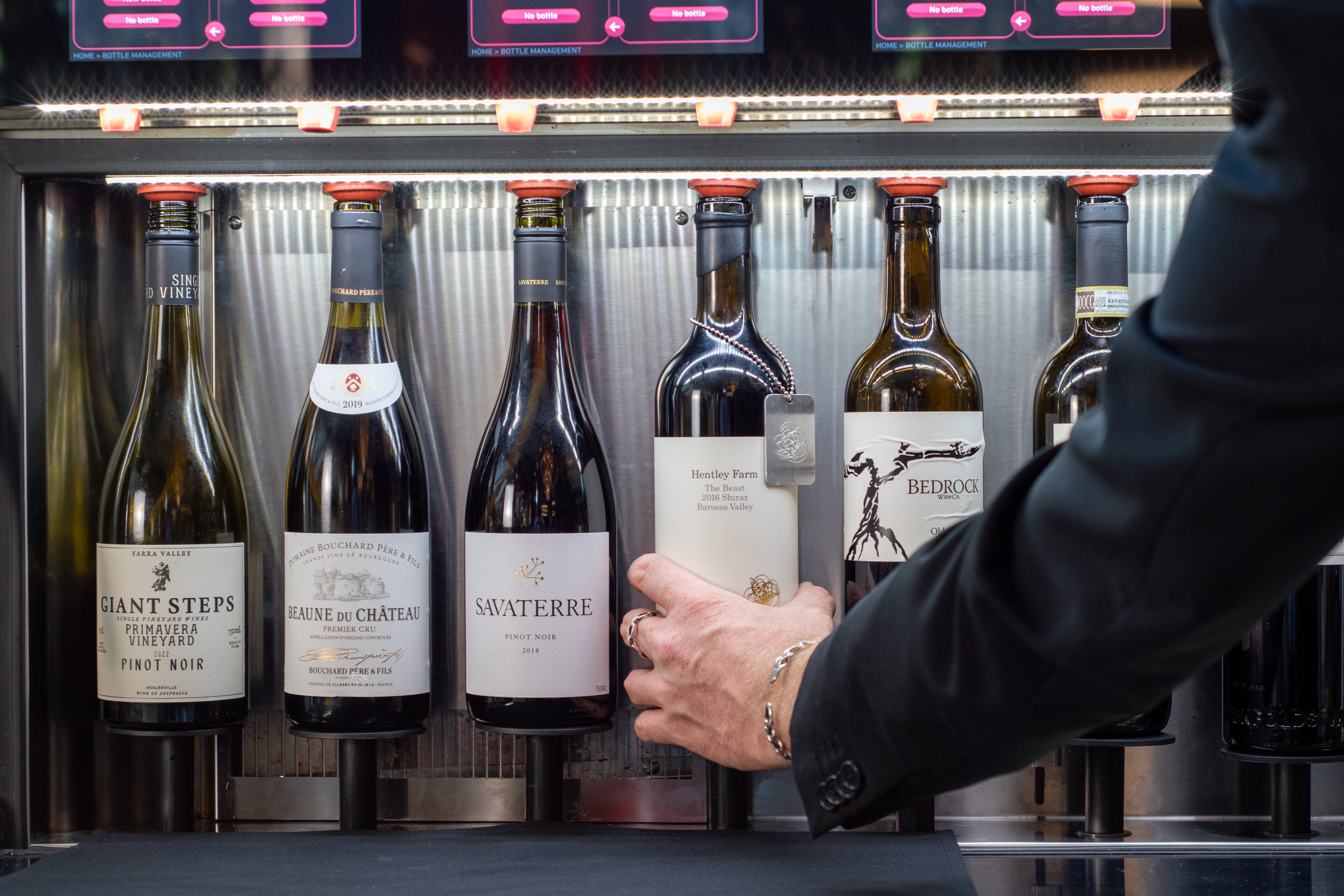
Wine Wastage Calculator: How to Stop Pouring Profits Down the Drain
Most venues lose $1,000+ per month in wasted wine. Use our free calculator to see your numbers – and discover how to stop the leaks.

What Is Wine Wastage?
When it comes to running a profitable hospitality business, every drop counts – literally. Wine wastage is one of the most overlooked drains on profit in bars, restaurants, and cellar doors. But once you know how to measure it – and how to stop it – you can turn lost revenue into serious gains.
Even if you're only wasting half a glass per bottle, that can easily be over $28,000+ in wastage every year.
Wine wastage refers to any wine that’s bought but not sold. It might be:
- Glasses left over from bottles that oxidised before they were finished
- Staff over-pouring beyond your standard serve
- Spoilage from poor storage (including refrigeration)
- Tastings or comps not properly accounted for
It may not feel like much day-to-day, but over the course of a year, wastage can add up to tens of thousands of dollars in lost profit — especially if you’re running a by-the-glass program.
Calculate Your Wastage
Instead of spreadsheets and guesswork, use our simple calculator to estimate how much you might be losing right now.
Wine Wastage Calculator
Adjust the below assumptions to reflect your venue.
Estimated revenue lost to wastage:
- $0 per week
- $0 per month
- $0 per year
Typical wastage ranges from 10–20% due to over-pours, oxidation and comps. On average, 10% wastage would be half a glass per bottle opened, whereas 20% would be one glass per bottle opened.
Why You Should Track Wine Wastage
Most venues don’t actually track wastage, assuming it’s just part of doing business. But 10% is a conservative figure – and even at that level, you could be losing $1,000+ per month.
Tracking wastage helps you:
- See exactly where you’re leaking profit
- Price your wine list more effectively
- Hold your team accountable for accurate pours
- Make smarter decisions about your wine program
How to Track Wastage in Real Life
We recommend starting with a one-month snapshot:
- Measure everything – Track how many bottles were opened and how many glasses sold. Any discrepancy = wastage.
- Account for tastings and comps – Record every pour so it’s intentional, not invisible.
- Note spoilage – Bottles left open too long or improperly stored should be written down. (Tip: if a bottle is faulty, you may be able to return it to your distributor — just keep the bottle and notify them quickly.)
- Check for over-pours – Know your standard pour size (150ml is the most common). Anything more = lost profit.
At the end of the month, multiply your wastage in glasses by your average sale price to find your real $ cost of wine wastage.
How Enomatic Eliminates Wine Wastage
This is where technology pays for itself. Enomatic wine dispensing systems are designed to eliminate the most common causes of wastage:
- Precise portion control – every pour exact, no more over-pours.
- Gas preservation – keeps wine fresh for up to 30 days, so you sell the full bottle, not just the first few glasses.
- Temperature control – prevents spoilage from poor storage.
By switching to an Enomatic, many venues recover tens of thousands in lost profit annually. In most cases, the system pays for itself just by eliminating your first year's wastage.

Next Step: See How Quickly an Enomatic Pays Itself Off
We’ve created a free By-the-Glass Profit Planner to help you:
- Calculate weekly gross profit
- Track your average wastage
- See how quickly an Enomatic system could pay for itself
Get Your By-The-Glass Profit Planner

